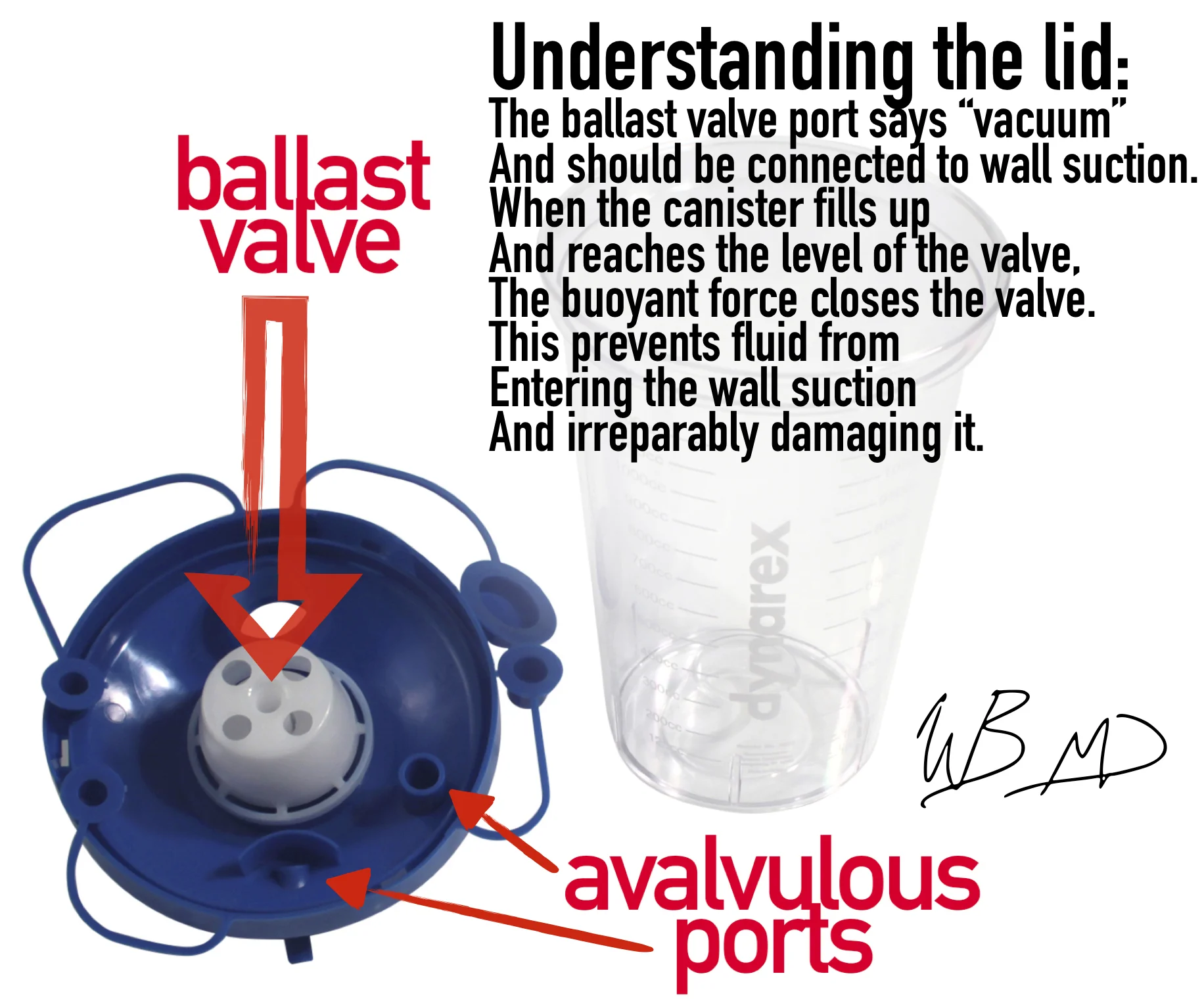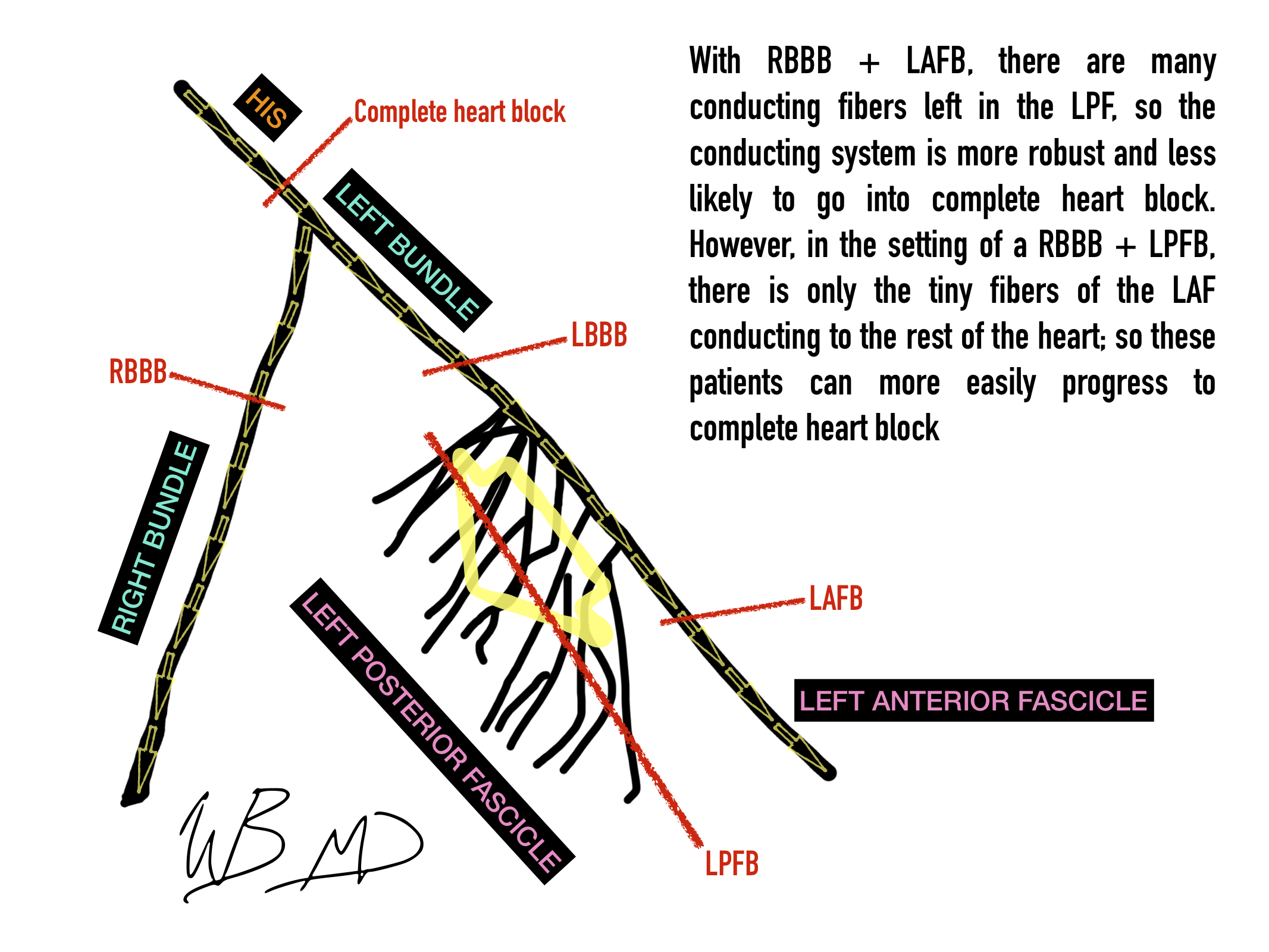The subject of today's pearl of the day is
catatonia
.
One day a long time ago, in another galaxy, in Resus: there was a young-ish obtunded patient with a history of bipolar disorder who was brought in as notification for altered mental status. He was completely unresponsive. He was mute, stuporous, and “rigid” (however this was more likely waxy flexibility). His medical workup including neuroimaging was negative. He eventually was diagnosed with catatonia. This is an uncommon presentation that we do sometimes see in the ED.
Catatonia is not specific to any particular disorder and can be seen in virtually all psychiatric disorders.
Catatonia can also be the result of an undiagnosed medical condition.
Catatonia can occur in up to 35% of patients with schizophrenia
at some point in their life, but as per DSM-V, it is more commonly seen in patients with bipolar disorder and major depressive disorder (most likely because these diseases are more prevalent).
Apparently, 20% of hospitalized patients diagnosed with catatonia actually had a medical cause, either neurologic, toxicologic, metabolic, or infectious.
Two-third's of medical catatonic patients had central nervous system etiology
. So the medical workup should include neuroimaging and LP to rule out encephalitis.
As per the DSM-V,
catatonia includes 3 or more of the following
:
stupor, catalepsy, waxy flexibility, mutism, negativism, posturing, mannerism, stereotypy, agitation, grimacing, echolalia, echopraxia
. (I attached the DSM-V criteria which have definitions of those terms).
The mainstay of treatment in the emergent psychiatric settings is Benzodiazepine (BZD) therapy
. Ironically, increasing GABA signaling can break someone out of a state of catatonia, which clinically can appear as an already neurologically depressed state.
A meta analysis of BZD treatment shows remission rates anywhere from 66-100%
.
However, Cochrane reviews regarding treatment of catatonia found no significant difference between BZD treatment, electroconvulsive therapy (ECT), and placebo.
There is a possibility that
the field of psychiatry has not sufficiently differentiated the etiologies of catatonia
to stratify patients into distinct treatment groups.
Although the subjective experience of the catatonic patient remains unclear, I like to think of it as the
worst anxiety attack you could ever imagine
. This mostly is for the stuporous, cataleptic, and mute patient.
Investigating this further, a retrospective German study interviewed patients who had recovered from their catatonia. They found that predominating symptoms were either intense anxiety due to uncontrollable emotions or profound ambivalence and cognitive paucity. This suggests
there are at least several subjective mental states that create the same clinical picture of catatonia
(not including the medical causes).
Regarding the putative etiology of catatonia that derives from profound lack of emotion and paucity of ideas, this seems to be more derived from the negative symptoms of schizophrenia/schizoaffective disorders. There are conflicting data that seem to support a trial of BZD as well, and clinical practice is to give BZD. We can let our psychiatry colleagues decide if their inpatient hospital course portends electricity to the brain in the form of ECT. Defibrillation works for the heart, why not for the brain,
right
?
For a patient in the ED setting with catatonia who has had a negative medical workup, a trial of BZD therapy is totally appropriate and may completely reverse their catatonia. If you strongly suspect catatonia, you could trial BZD therapy while the medical workup is in progress.
In summary:
an acutely catatonic patient needs full medical workup and some BZD's if their clinical picture supports their use
.
ADDENDUM:
These posts are generated by the resident who is on their Senior Teaching/Admin rotation. The resident sends these posts out to the faculty, resident, and student list serves.
Dr. Yassir Mahgoub, MD, a psychiatry attending at Maimonides responded with this fantastic post:
Thanks a lot for sharing this summary about your catatonic patient and information about catatonia.
Catatonia happens to be one of my favorite and fascinating syndromes. It was once described as the great imitator, similar to syphilis, as it can have different and complex presentations. In our inpatient unit, we will usually have 1-2 catatonic patient at any given time and despite seeing many catatonic patients, I continue to miss it. The rate in a psychiatric inpatient population is about 10%.
Historically and for many decades, catatonia was linked to schizophrenia but many studies found catatonia to be more common among patients with mood disorders and even in medical problems. DSM-V finally recognized catatonia as a separate condition and literature described over 40 sings of catatonia. Current DSM-V recognizes 12 sings.
Recognizing catatonia is an important step in management. If you don’t know what you are looking for during assessment and monitoring of management, the condition can be misdiagnosed or mismanaged.
Bush-Francis Catatonia scale, a widely used tool that has 23 items, helps to diagnose and to monitor progress of treatment of catatonia.
http://turkpsikiyatri.org/arsiv/bush-francis_catatonia_rating_scale.pdf
Mutism, Immobility, stupor, staring, and posturing tend to occur more frequently than other sings while other sings such automatic obedience, verbigeration, waxy flexibility, Echolalia and Echopraxia tend to be less frequently.
Stereotype, being defined as repetitive non-goal directed behavior, might be very challenging to recognize as it can be as simple as shaking a hand up and down or a more complex behavior, such turning the AC switch, or power switch on and off for hours. I came across more complex behavior that occurred with other catatonic symptoms, such as repeated self-induced vomiting in an autistic patient to a repeated eating of feces in a schizophrenic patient!
Excitement can be very interesting when present, as it can alternate with stupor. Some of our resident can recall a stupors immobile patient, who we had to keep on 1:1 for her safety, as she used to lay in bed for minutes and suddenly she would jump to floor and hit her head.
Treatment is mainly with benzodiazepines or ECT, and also by treating the primary psychiatric or medical condition.
Few points to remember about catatonia:
1.Catatonia course, in the absence of treatment, can last for months or years. On the other hand, it can have waxing and waning or even cyclical course. If you see a patient exhibiting catatonic signs in the morning and behaving normally in the evening, it is still catatonia!
2. Catatonia might respond to a benzodiazepine challenge; however, the response can be instant or delayed. It is important to have an objective measure for monitoring as know if the patient is improving or not and whether to proceed with increasing the dose of lorazepam or to consider ECT. 2 weeks ago, we had a patient who developed catatonia after he smoked K2. He showed response to increasing doses of Ativan and his catatonic signs resolved on 16 mg of Ativan daily after 5-6 days “he was walking and communicating and was not sedated”. Literature suggest increasing the dose of Ativan up 20 mg daily and in some patients up to 30 mg per day, if patient is responsive to benzodiazepine and not showing complete resolution of symptoms.
3.Try to describe signs as you see them and refrain from vague, nonspecific descriptions such as “disorganized behavior” as many of our catatonic patient were described to be “disorganized”
4.Be mindful of the lethal presentation of catatonia, which has the same presentation, pathology and treatment of Neuroleptic malignant syndrome. Many authors consider Neuroleptic malignant syndrome as malignant catatonia induced by medications. Fever, autonomic instability, and rhabdomyolysis can occur in the course of catatonia, which will require supportive treatment.
This page has more information and videos of catatonia.




